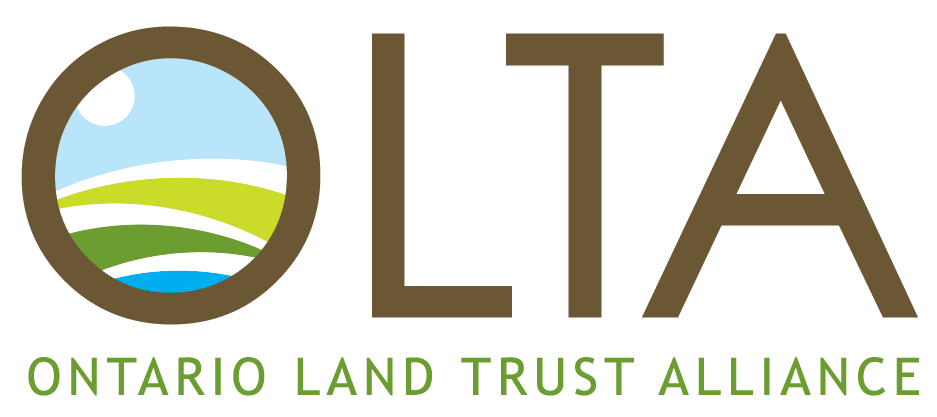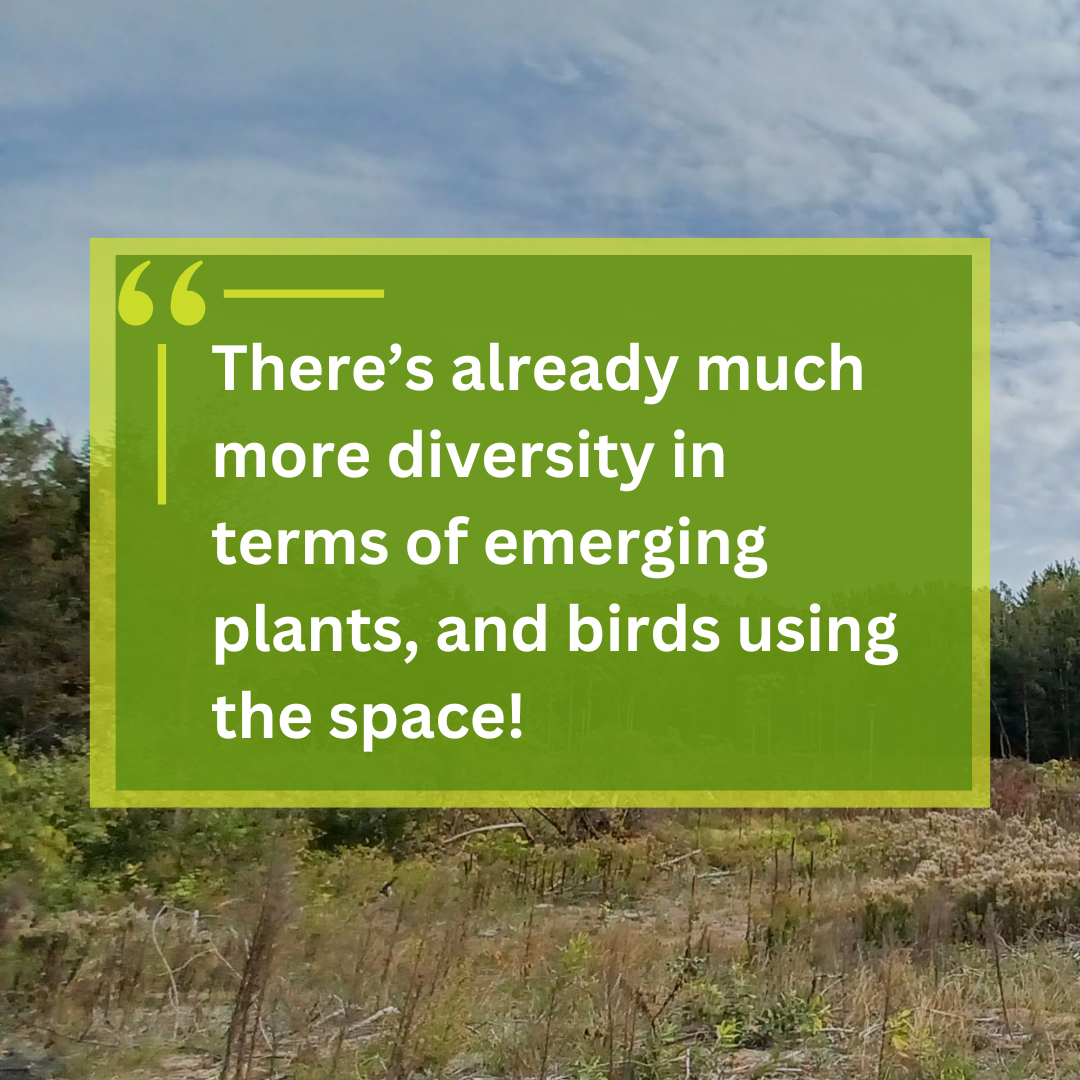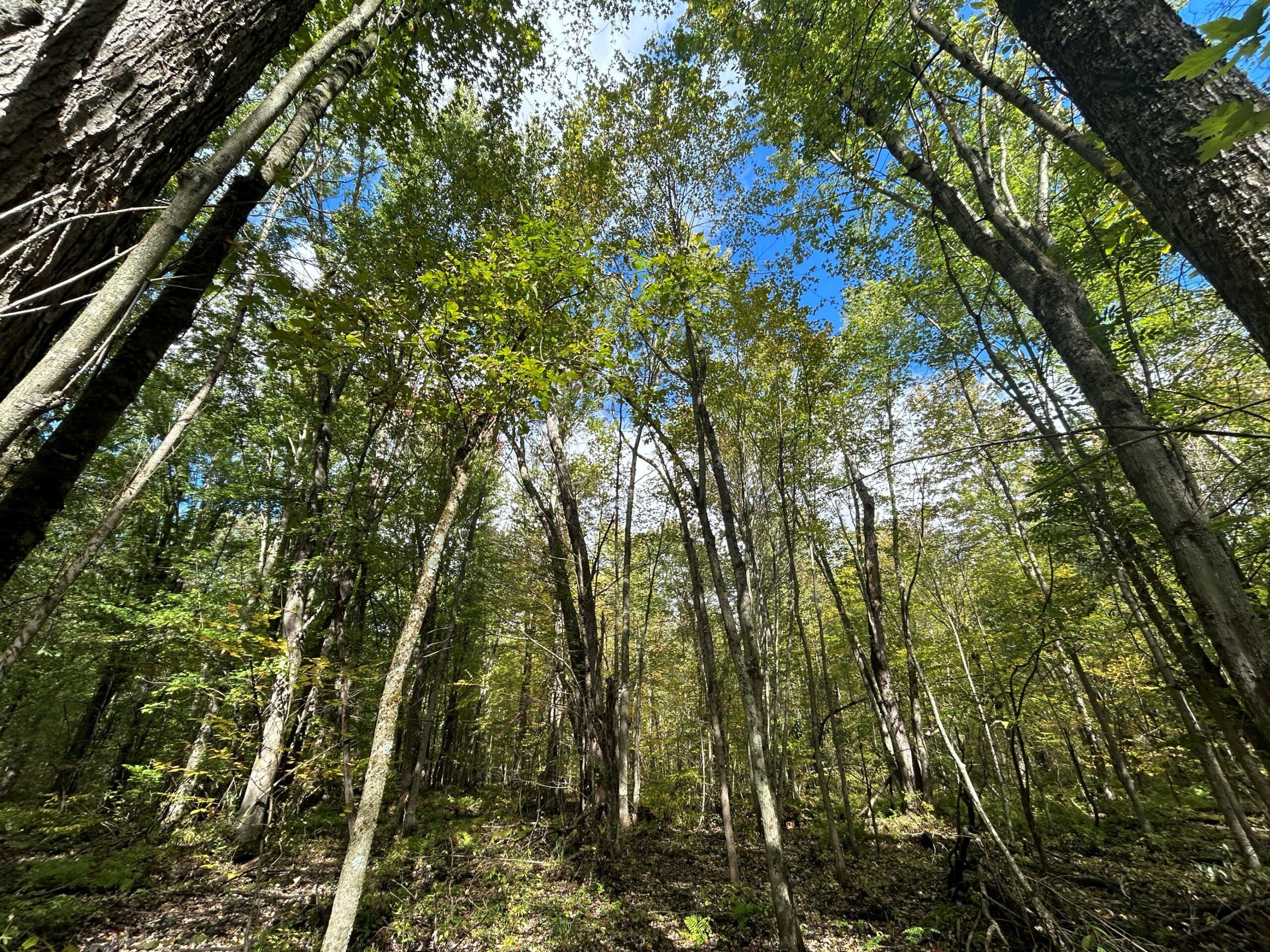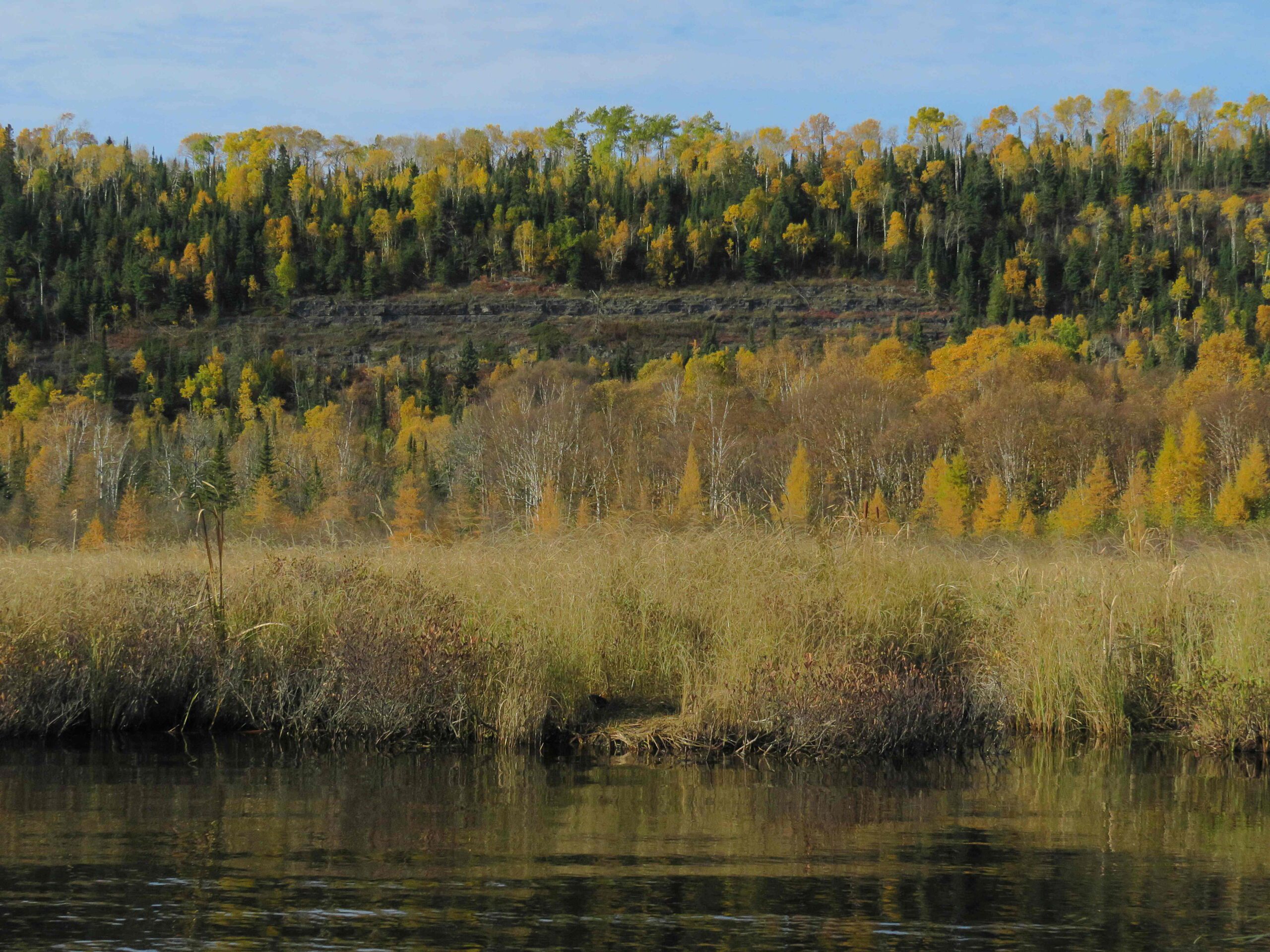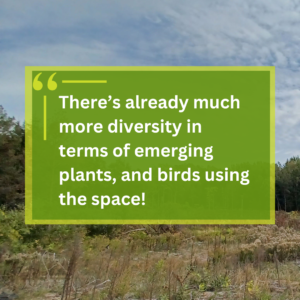A few years ago, Long Point Basin Land Trust (LPBLT) began the process of restoring one of their properties. Since the 1920s, it has been common practice to plant tracts of red pine to prevent erosion, especially in sandy areas. The red pines did their job, but like any monoculture, they didn’t create a very rich habitat for the diversity of species that once thrived in this area.
Enter LPBLT, who created a plan to help restore the natural ecosystem of the area, increasing species diversity and supporting species at risk, in particular native bats, birds and snakes.
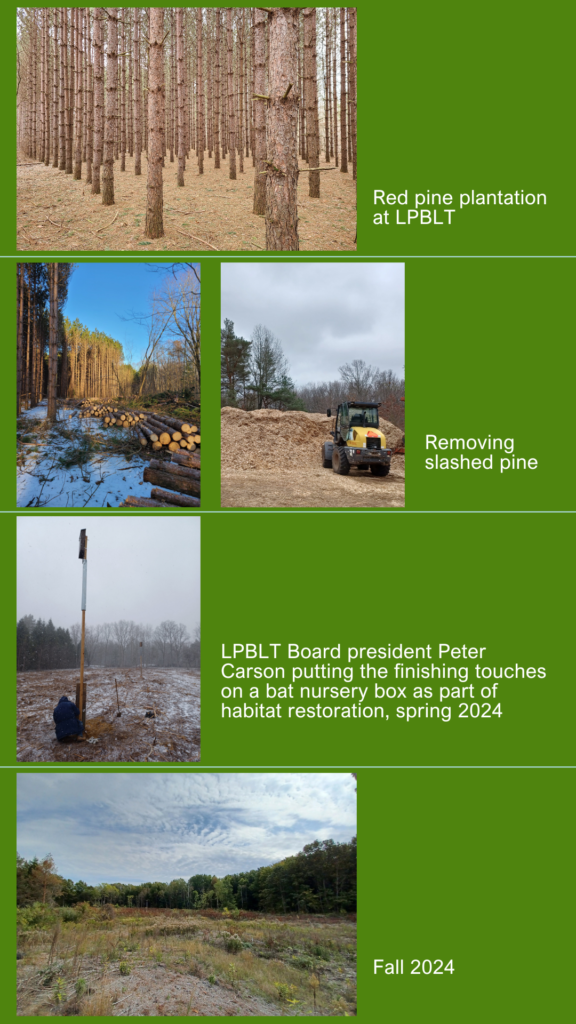
The first step – a big one – was to remove the red pine trees. Having cut the trees, LPBLT applied to the Species At Risk Action Fund to cover the costs of removing the slash piles. This fund also covered the costs of building bat houses, and beginning to restore the natural dune habitat.
Only a year into the restoration, there is already a big difference. The dune ecosystem offers access to foraging and nesting habitat that was not found in the pine plantation monoculture. Ian Fife, Land Stewardship Manager at Long Point Basin observed, “There’s already much more diversity in terms of emerging plants, and birds using the space. Because it’s a sand dune, it’s a more open system, the right type of habitat for that area.”
Ian is enthusiastic about the next steps in the restoration efforts for this property, looking forward to things like prescribed burns and invasive species management.
The Species At Risk Action Fund is a great resource for projects like the Harlow Dune restoration. Stay tuned for the next application round this spring.
